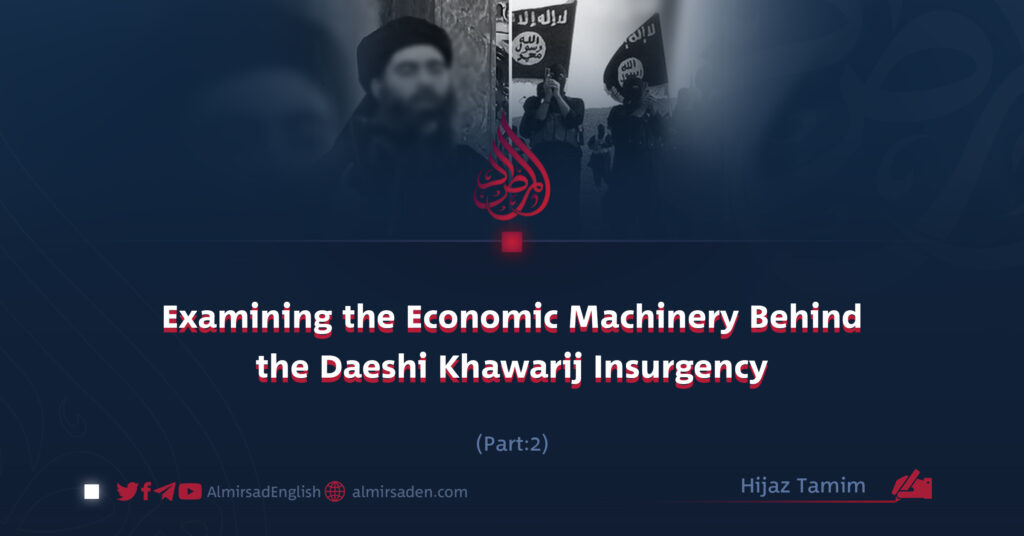Author: Hijaz Tamim
ISIS, as an armed organization, has relied not only on military force but has also established sophisticated methods of economic financing. Beyond paying salaries to its combatants, the group extends financial assistance to the families of its deceased members and provides support to the families of its imprisoned fighters. Additionally, ISIS has been compelled to initiate various social and economic programs to sustain its operations.
In territories under its occupation, ISIS offers public services to secure local support, attract new recruits, strengthen its ranks, provide military training, and procure significant weaponry and equipment necessary for its campaigns.
To execute these extensive activities, ISIS requires a strong and sustainable financial infrastructure.
Recent findings confirm that ISIS endeavors not only to propagate its ideology but also to significantly expand its financial network across Europe, the stable nations of North Africa such as Morocco and Algeria, and the former Soviet states. From these regions, ISIS has successfully generated considerable financial resources through various strategies.
For instance, individuals and communities who embraced ISIS’s ideology and methodology were granted financial incentives to develop their businesses. In return, they were obligated to pay a compulsory tax of 10% to the organization. Simultaneously, these individuals served as potential operatives within their respective regions, reinforcing ISIS’s influence.
The group’s substantial expenditures necessitated the adoption of diverse strategies to ensure a continuous flow of funds. In pursuit of this objective, ISIS devised multiple methods of financial procurement. Broadly, the group’s financial resources can be categorized into two principal sections: external financial sources and internal financial sources.
International experts have published the following breakdown of ISIS’s financial resources:
– Crude Oil: 38%
– Natural gas: 17%
– Extortion and Ransom: 12%
– Phosphate: 10%
– Mercury: 10%
– Agricultural products (wheat & barley): 7%
– Kidnapping for ransom: 4%
– Financial Aid: 2%
According to research conducted by the Russian Institute for Strategic Studies, ISIS announced its first annual budget in 2015, which was estimated at approximately $2,250,000,000 (two billion, two hundred and fifty million dollars).
This budget was allocated for the salaries of its forces, the provision of services in occupied territories in Iraq and Syria, and the financing of military operations, training programs, and ideological education.
In the sections that follow, we will provide a detailed examination of the financial sources sustaining the ISIS organization:
1. External Financial Sources
2. Internal Financial Sources
